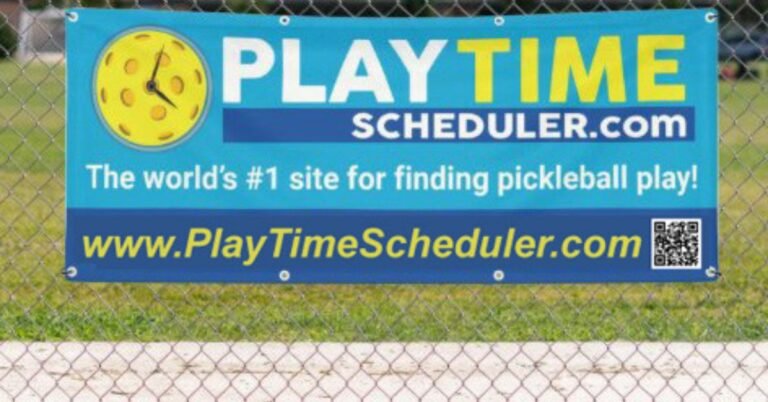In today’s fast-paced world, balancing work, responsibilities, and quality time with loved ones can be a challenge. Enter the Playtime Scheduler a tool designed to help families and individuals carve out precious moments of joy through organized play. This article explores the significance of play, how a planner can enhance those experiences, and practical tips for creating the ultimate playtime schedule.
Table of Contents
ToggleThe Importance of Play
Why Play Matters
Play is essential for all ages, from toddlers to adults. It fosters creativity, improves mental health, and strengthens relationships. Engaging in play allows individuals to explore new ideas, develop problem-solving skills, and enhance social interactions. For children, play is crucial for cognitive development and emotional regulation.
The Benefits of Structured Play
While spontaneous play has its merits, structured playtime can offer additional benefits. A Playtime Planner helps ensure that play activities are not only fun but also purposeful. Structured play can lead to:
- Skill Development: Engaging in specific activities can enhance physical, cognitive, and social skills.
- Quality Family Time: Setting aside designated play periods strengthens family bonds.
- Routine Building: Regular playtimes can create a sense of stability and predictability for children.
Introducing the Playtime Planner
What is a Playtime Planner?
A Playtime Scheduler is a customizable tool designed to organize play activities, ensuring that everyone in the family can look forward to quality moments together. Whether it’s scheduling board games, outdoor adventures, or creative arts and crafts, the planner serves as a roadmap for fun.
Features of a Playtime Planner
- Customizable Templates: Users can personalize their planner to fit family dynamics and preferences.
- Activity Suggestions: The planner can provide a variety of activities categorized by age, interests, and weather conditions.
- Goal Setting: Families can set specific goals for playtime, like trying new activities or exploring new parks.
- Reflection Space: A section for families to jot down their experiences, fostering gratitude and mindfulness.
How to Create Your Playtime Planner
Step 1: Assess Your Family’s Needs
Understanding your family’s interests and schedules is the first step. Consider:
- Ages of Children: Activities should be age-appropriate.
- Family Interests: Involve everyone in choosing activities.
- Available Time: Identify blocks of time suitable for play.
Step 2: Choose Your Format
Your planner can take various forms:
- Digital Planners: Apps and online tools that provide reminders and updates.
- Printed Planners: A physical notebook or wall calendar for easy access.
- Bullet Journals: A creative way to incorporate artistic elements into planning.
Step 3: Brainstorm Activities
Create a list of activities based on your family’s preferences. Include a mix of:
- Indoor Games: Board games, puzzles, and crafts.
- Outdoor Activities: Hiking, biking, and picnics.
- Creative Projects: Arts and crafts, DIY projects, and cooking.
Step 4: Set a Schedule
Designate specific days and times for play. Consider:
- Weekly Themes: Each week can focus on a different type of play, such as outdoor exploration or creative arts.
- Flexible Slots: Allow for spontaneous play opportunities when time permits.
Step 5: Encourage Participation
Make the planning process a family affair. Involve everyone in discussions about what activities they’d like to try. This not only fosters enthusiasm but also ensures that everyone feels included in the decision-making process.
Tips for Effective Playtime
Be Flexible
While having a structured plan is beneficial, it’s essential to remain adaptable. If an activity doesn’t resonate with the family, be open to changing plans. The goal is to create joyful moments, not rigid schedules.
Mix it Up
Avoid monotony by varying activities. Try new games, visit different parks, or experiment with various crafts. Mixing things up keeps playtime exciting and engaging.
Incorporate Learning
Integrate educational elements into playtime. For example, if you’re gardening, discuss plant biology. If you’re playing a board game, highlight strategic thinking. This approach enriches the play experience while making it enjoyable.
Reflect and Adjust
After playtime, take a moment to reflect as a family. Discuss what worked, what didn’t, and any new activities you’d like to try. Adjust your planner based on feedback to make future playtimes even more enjoyable.
The Role of Technology
Digital Tools for Playtime Scheduler
There are various apps and online resources that can complement your Playtime Planner:
- Family Calendar Apps: Sync schedules and send reminders.
- Activity Suggestion Websites: Explore new play ideas based on interests and ages.
- Fitness and Activity Trackers: Encourage physical play through gamified experiences.
Balancing Screen Time and Play
While technology can enhance play planning, it’s crucial to maintain a balance. Limit screen time during play activities to promote genuine interactions and physical engagement.
Conclusion: Crafting Joyful Moments
A Playtime Scheduler is more than just a scheduling tool; it’s a gateway to crafting joyful moments with family and friends. By prioritizing play, you invest in the emotional and developmental well-being of your loved ones. With thoughtful planning, a dash of creativity, and an open heart, you can transform ordinary days into extraordinary experiences filled with laughter and connection.
Start Your Playtime Adventure Today!
Are you ready to embark on a journey of joy? Grab your Playtime Planner and start scheduling those unforgettable moments today! Remember, the essence of play lies not in perfection but in connection and joy. Embrace the spontaneity, celebrate the small victories, and relish the time spent together. Here’s to crafting countless moments of joy.
ALSO READ: How to set the timing on a accucraft ruby

